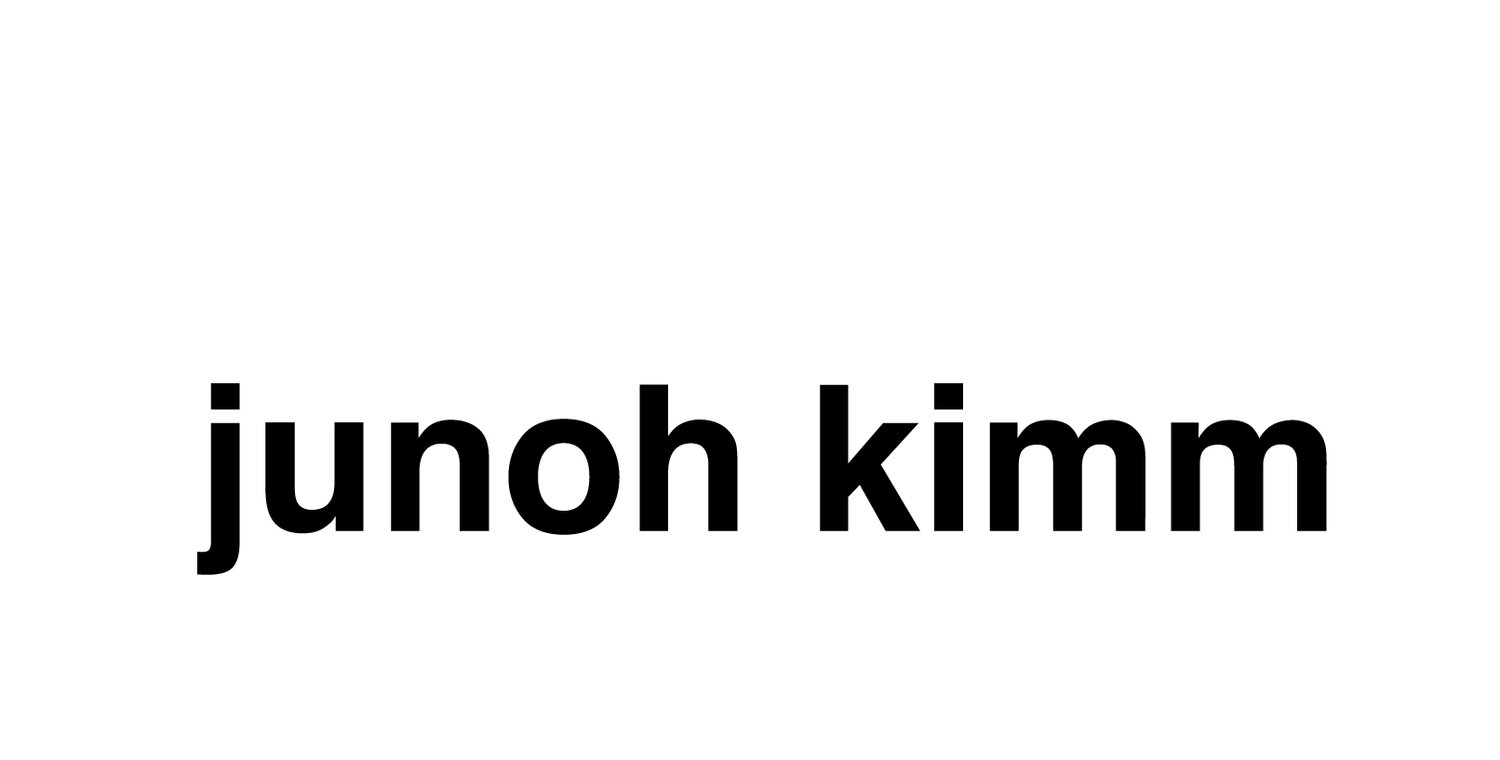Developing methodological framework for digital social capital.
―
A number of influential works have looked at the consequences of new media practices for social capital, particularly in terms of their impact on community building, social justice, and personal networks. Nevertheless, in the context of the rhizomatic nature of today’s social networks and information and communication infrastructures (ICI), it is my contention that the existing literature on social capital has yet to suggest a way to encompass different forms of resources that are uniquely valuable to individuals.
This is largely due to the domination of the American Communitarian tradition and its inability to adequately account for the flexible nature of social capital within the boundaries between individuals and shared structures.
This paper begins with an overview of American Communitarian interpretations of social capital, and identifies the rigidities and limitations that characterize this tradition. It adds a perspective to individual-level discussions of social capital by highlighting the heterogeneous nature of resources. The paper deploys Susan L. Star’s concept of boundary objects to better understand the complex ecology behind the social resources that exist within contemporary society. This paper examines how the popular online information practice of “internet memes” are constructed, shared, disseminated, and utilized in adolescents’ everyday ICIs as a new and under-theorized form of social capital.




